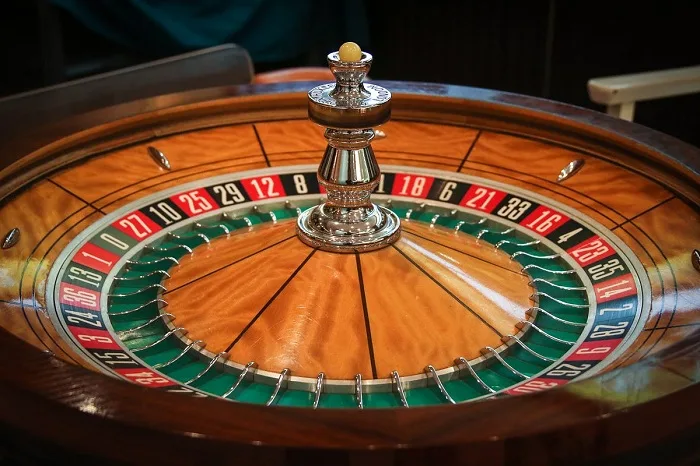
Martingale Roulette Betting Strategy Review
The Martingale betting strategy, a popular system among gambling enthusiasts, traces its origins back to 18th century France. Initially developed for use in games of chance like coin flipping, it later found its way into the realm of roulette, becoming one of the most well-known betting strategies. The core idea behind the Martingale system is deceptively simple yet enticing: double your bet after every loss to recoup all previous losses with a single win. This strategy has intrigued gamblers for centuries, promising a structured approach to recovering losses and, theoretically, guaranteeing a profit. However, the practical application of the Martingale system in roulette is fraught with complexities and risks that every bettor should understand.
The Basic Principle of the Martingale System
The basic principle of the Martingale strategy revolves around doubling the bet after each loss. For example, if a player starts with a $10 bet and loses, the next bet should be $20. If the player loses again, the subsequent bet should be $40, and so on. The theory suggests that eventually, a win will occur, covering all previous losses and yielding a profit equal to the initial bet. This method relies heavily on the assumption that the player has an infinite bankroll and that the table limits do not constrain the betting progression. While the simplicity of the Martingale system makes it appealing, these underlying assumptions present significant challenges in real-world applications.
How the Martingale Strategy Works
Understanding how the Martingale strategy works involves recognizing both its potential and its pitfalls. Theoretically, the strategy ensures that a win will eventually offset all prior losses, provided the player can continue to double their bet indefinitely. However, in practice, this is rarely feasible. Casinos impose table limits precisely to prevent such unlimited betting progressions, and most players do not possess an infinite bankroll. Additionally, long losing streaks, which are statistically probable, can quickly deplete a player’s funds and reach the table limit, making recovery impossible. Thus, while the Martingale system may work in the short term, its long-term viability is highly questionable.
Effectiveness of the Martingale Strategy
The effectiveness of the Martingale strategy is a topic of much debate among gambling experts. In theory, it appears foolproof: a win will always occur eventually, covering all losses. However, the reality of gambling involves significant risks. The primary risk is encountering a prolonged losing streak, which can quickly exhaust a player’s bankroll. Furthermore, even if a player wins after several losses, the profit margin remains minimal compared to the potential losses incurred. Therefore, while the Martingale strategy can be effective for short bursts of play, it is not a sustainable or reliable long-term betting method.

Using the Martingale Strategy for Big Wins
Can the Martingale strategy be used to hunt for big wins? The answer is nuanced. While the strategy aims to recover losses and secure a small profit, it is not designed for achieving substantial winnings. The system’s primary goal is to ensure a single win covers all previous losses, maintaining a steady, albeit modest, profit. For players seeking significant gains, the Martingale system may prove disappointing. Its risk of catastrophic losses during extended losing streaks overshadows the modest profits it promises. Consequently, using the Martingale strategy for big wins is impractical and potentially disastrous.
The Future of the Martingale Strategy
The future prospects of the Martingale strategy in gambling are limited. While it remains a popular choice among novice bettors due to its simplicity, seasoned gamblers recognize its inherent flaws. The advent of more sophisticated betting systems and the growing awareness of responsible gambling practices have further diminished the appeal of the Martingale system. As gambling regulations evolve and casinos continue to enforce betting limits, the practicality of employing the Martingale strategy diminishes. Therefore, while it may retain a niche following, the Martingale system’s promise as a reliable betting strategy is increasingly viewed with skepticism.</p>
